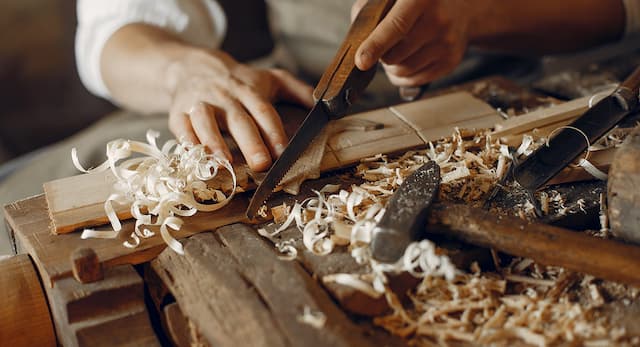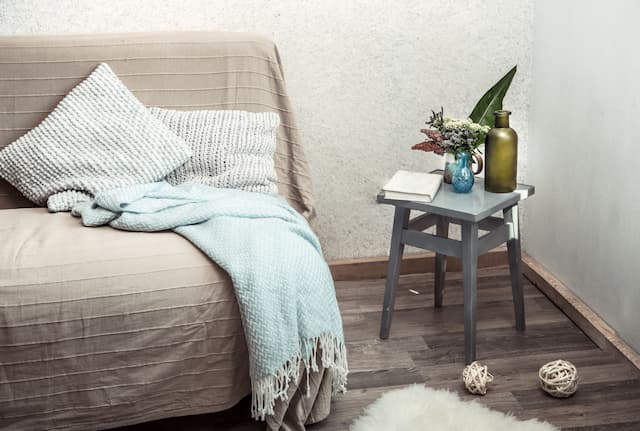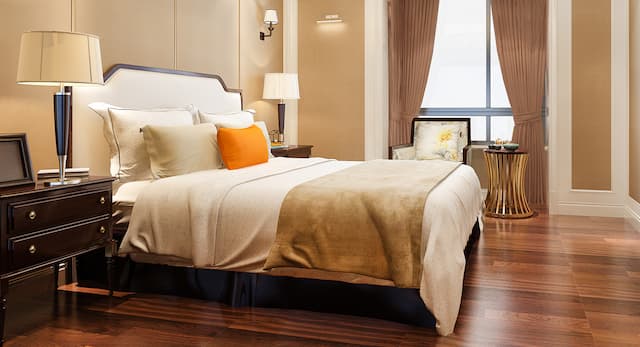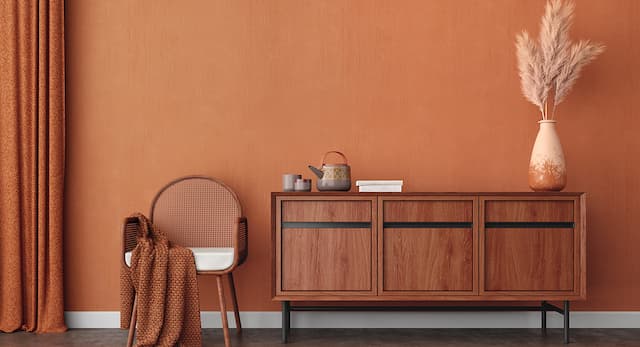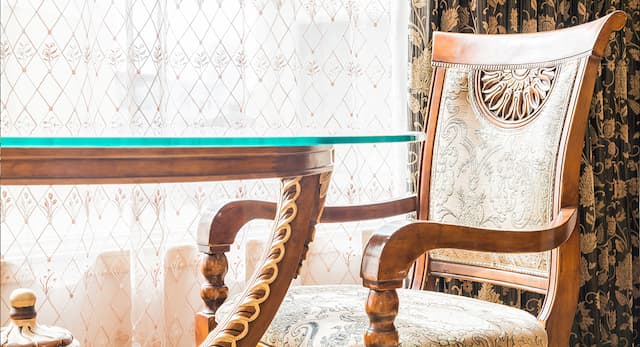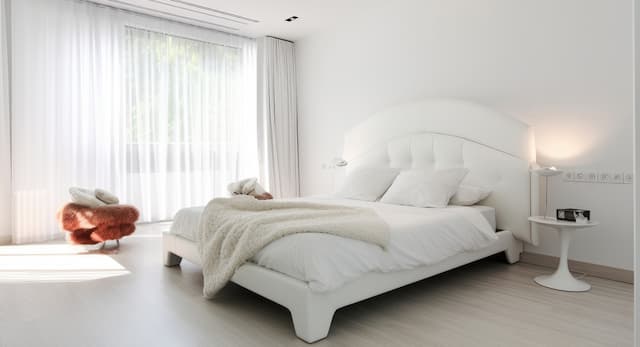Modern Loose Furniture: Manufacturing, Types & Cost in 2024
The furniture industry has emerged with a new shining aura as minimalist and modern loose furniture takes center stage in furnishing all types of projects.
Unlike built-ins, modern loose furniture offers flexibility and portability to rearrange spaces effortlessly.
Loose furniture simply refers to movable, standalone pieces (like armchairs, tables, stools, desks, cabinets, beds, etc.) that are not fixed or fitted to the structure.
The key advantage is the flexibility offered in terms of shifting pieces around, changing layouts, and altering quantities as needed. This difference from built-ins has led to innovative designs and manufacturing processes.
Next, we explore the manufacturing process, types, costs, and factors to consider when choosing the right modern loose furniture pieces for your needs.
Manufacturing of Modern Loose Furniture
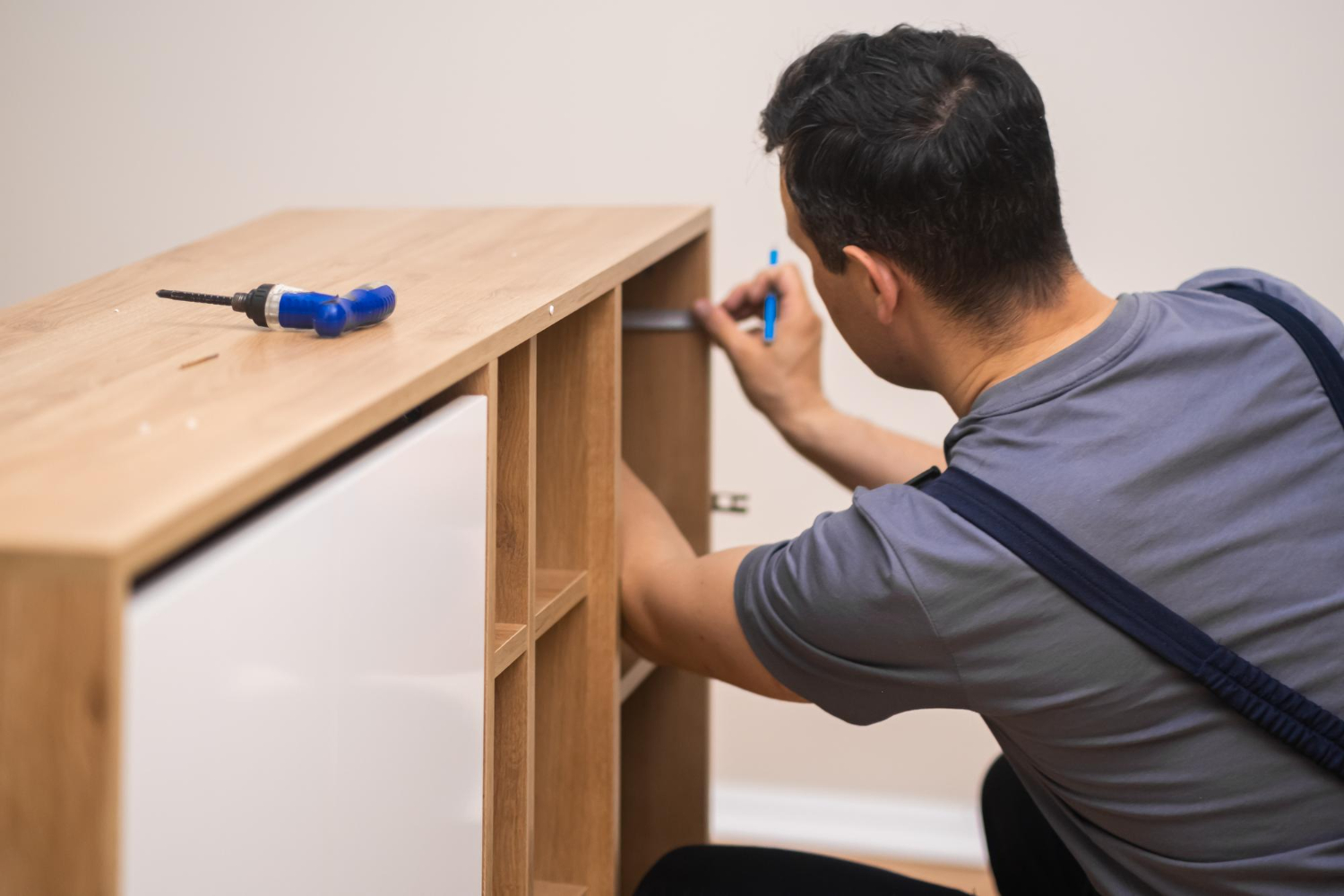
Modern loose furniture requires special manufacturing capabilities to ensure quality output, including:
Computer-Aided Design (CAD)
Instead of manual drafting on paper, loose furniture designs are digitally programmed using CAD software. 3D modeling allows designers to easily visualize and modify proportions, shapes, dimensions, etc. as needed.
It also allows for quick testing of different variations. This optimization using CAD gives more flexibility compared to fixed built-in furniture.
CNC Machining
The CAD design data is then fed into advanced Computer Numerically Controlled machines that use robotic drills and blades to carve, shape, and cut materials like wood, metal, and plastic with extreme precision.
CNC machining ensures each piece that's produced is cut exactly as per the programmed dimensions resulting in minimal errors and perfect consistency.
Laser Cutting
For flat loose furniture parts like metal or wood sheet seat panels, table tops, or chair backs, high-power laser cutting achieves perfectly smooth and seamless edges.
Lasers can also create delicate and complex perforation patterns or textural designs that would be difficult with conventional tools.
Plastic Molding
To produce furniture from materials like acrylic, polypropylene, ABS, etc., injection plastic molding offers seamless finishing.
The liquid plastic is injected into pre-made molds and outcomes flawlessly molded products that need minimal finishing. The consistency achieved allows for mass production.
Metal Casting
Metal components for furniture pieces made using aluminum, steel or iron can be efficiently mass-produced using casting which involves melting and pouring metal into molds. This facilitates the quick production of multiple identical pieces.
Limited Assembly Lines
Since loose furniture pieces are standalone, their final assembly in the factory involves just fitting together the various finished parts using joinery, hardware, and fasteners which is far less complex and faster compared to built-in pieces.
Quality Testing
Before packaging and shipping, each assembled piece must undergo rigorous testing and checks for dimensions accuracy, assembly precision, durability, wear and tear resistance, and stability ensuring clients receive defect-free products.
Types of Modern Loose Furniture
Modern homes and workspaces are adding versatile loose furniture in myriad styles, including:
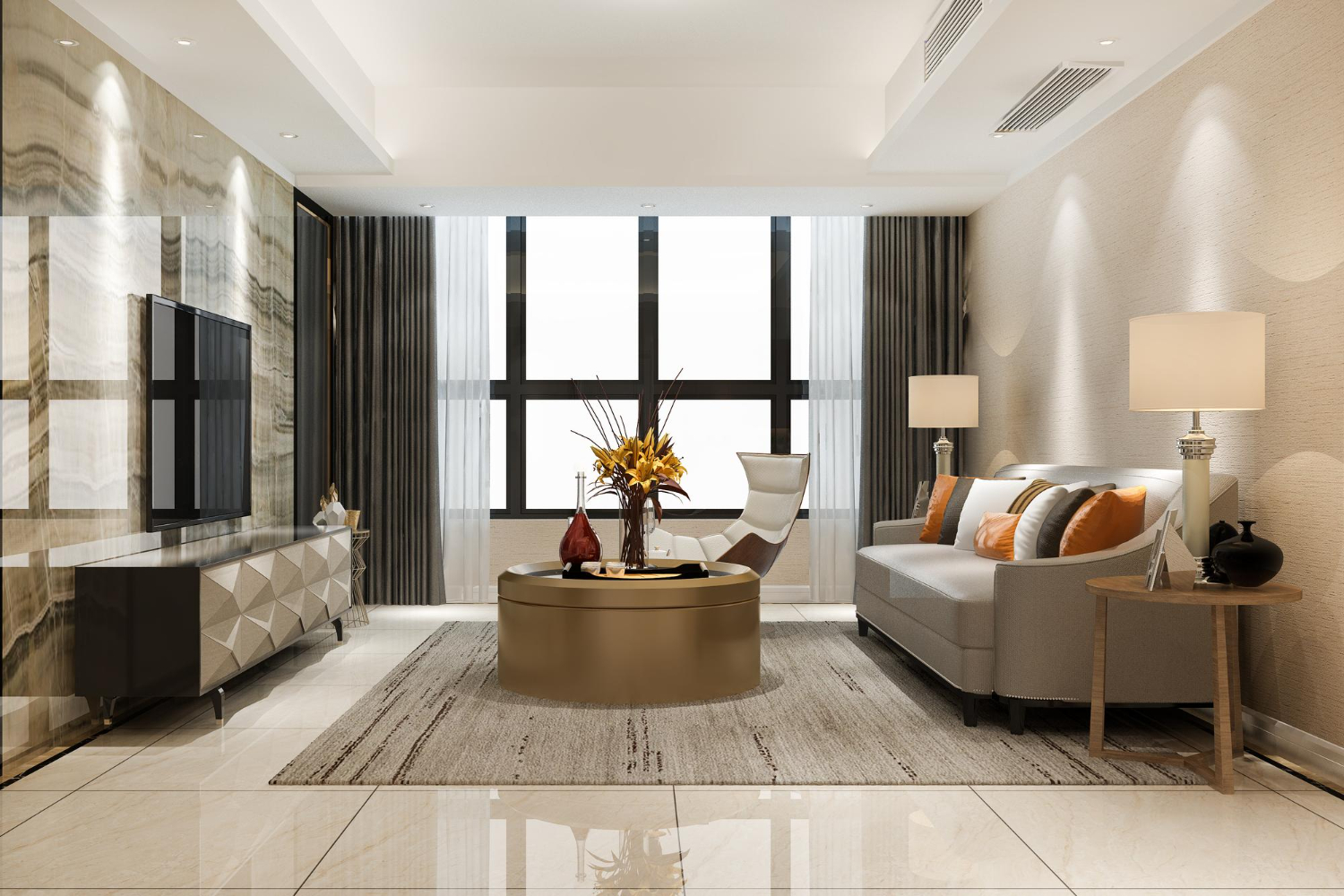
- Accent Chairs: Statement chairs are a popular pick to inject drama into any space. These come in bold prints, distinctive shapes, and luxe materials like velvet, leather, or colored acrylic. Their standalone nature means they can be easily placed anywhere from living rooms to bedrooms.
- Coffee & Side Tables: Delicate metallic tables, sculptural glass tops, and minimalist wooden side tables are ideal loose furniture additions. Their small footprint allows them to be conveniently moved wherever needed while serving utilities like holding lamps, books, etc., and providing décor accents.
- Bar Stools: Contemporary bar stool designs go beyond the basics. Creative shapes like zigzag outlines, curved or geometric seats, and materials like powder-coated steel or molded plywood make them work as sculptural accents. Their adjustability also allows mixing counter and bar heights.
- Desks: From compact computer desks for home offices to expansive workstations for commercial spaces – loose desks are available in materials like glass, plywood, and metal, and several choices of handy features from charging points to storage cubbies. Pick one suiting space and needs.
- Bookcases: Sleek, modular shelving units are crafted using materials like painted MDF, glass, and metal and stacked creatively at angles or asymmetrically for a modern loose furniture look. Their standalone nature offers plenty of styling flexibility.
- Cabinets: Loose furniture interpretations of cabinets, dressers, and sideboards do away with ornate built-ins in favor of sleek forms in wood, MDF, or even glossy-colored acrylics. This allows mixing and matching storage options.
- Beds: Upholstered, leather, wooden, or metallic platform beds with minimalist and often adjustable frames and no bulky footboards epitomize the spare, flexible ethos of modern loose furniture.
- Dining Sets: From expandable glass, marble, or wood dining tables to trendy molded plastic or slim metal wireframe chairs, modern dining sets mix materials and styles for versatile and movable pieces.
Cost of Modern Loose Furniture
Well-designed furniture that enhances functionality and aesthetics provides great value for money. Factors impacting the cost of loose furniture pieces include:
- Materials Used: High-end wood, leather, or glass raise prices compared to plywood, fabrics, or plastic.
- Construction Quality: Superior quality joinery and finishes understandably increase costs.
- Design Complexity: More dramatic shapes, cuts, and detailing require more production time and expertise.
- Brand Value: Renowned designer labels or brands naturally price products higher.
- Size & Scale: Larger and oversized statement pieces command higher price tags.
- Customization: Any custom elements like non-standard shapes or sizes also increase costs.
- Quantity: Bulk orders usually enjoy wholesale rates and economies of scale.
- Shipping Fees: Shipping singular items or orders below a value threshold can add delivery charges.
How to Pick the Right Modern Loose Furniture?
When checking the products of a loose furniture supplier, remember the following:
- Assess your space layout, dimensions, and existing elements carefully.
- Match loose furniture styles to your overall design scheme – industrial, mid-century, retro, etc.
- Select multipurpose and transformable designs like foldable tables, ottomans with storage, etc.
- Consider long-term functionality along with current needs when purchasing.
- Choose lightweight materials and easily moveable pieces to allow flexibility in arranging.
- Ensure pieces complement each other in terms of color, material, and proportions.
- Invest in durable high-quality materials and construction for longevity.
- Compare prices across brands and suppliers to get the best deal.
Final Thought
Modern loose furniture makes redoing your space a breeze. Manufacturing techniques like CNC machining and molding allow for great innovations in designs today for versatile, portable, and multi-functional pieces.
While individual preferences and budgets vary, the ideal is to opt for quality construction, materials, and aesthetics that stand the test of time and match your vision.
So, explore the myriad options available and create interiors that flexibly adapt as your needs evolve.
PARTENZA supplies modern loose furniture to diverse hospitality and residential projects. Get in touch with us to explore your options.
Frequently Asked Questions
Does Loose Furniture Always Have a Contemporary Style?
Not necessarily - loose furniture is also available in classic, vintage, retro, and other styles. The common factor is their detachable, non-fixed nature.
Can I Mix Some Built-In Elements Along with Loose Pieces?
Yes, you can absolutely blend fixed built-ins like shelving with loose furniture in a space. The combination can balance permanence with flexibility.
How Often Should I Consider Rearranging My Loose Furniture?
It's suggested to change up your layout every few months for a fresh perspective. Easy-to-move pieces allow you to rearrange more frequently too.
Does Loose Furniture Require More Maintenance Than Built-Ins?
Not massively - but wiping, dusting, polishing, and checking for wear and tear is needed more often since it’s movable.
Is It Wise to Invest in Expensive Designer Loose Furniture?
Paying more for renowned brands makes sense for quality. But also explore relatively affordable options that offer great construction and materials.
How Can I Maximize the Longevity of My Loose Furniture?
Use coasters and table mats to avoid stains and scratches. Follow the manufacturer's care instructions. Tighten any loose hardware. Repair issues promptly.

